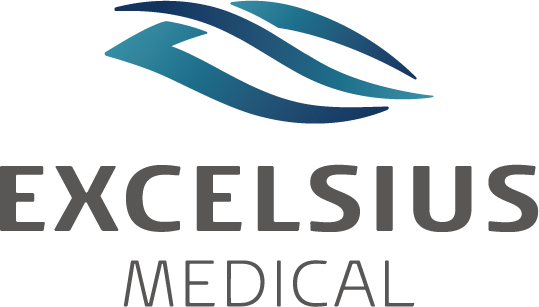5 Proven Strategies for Choosing the Right Medical Light for Your Facility
In the ever-evolving world of healthcare, selecting the appropriate medical light for your facility is crucial to creating an effective treatment environment. With a multitude of options available, the decision-making process can often feel overwhelming. However, investing in the right medical light significantly enhances both the quality of care provided to patients and the operational efficiency of healthcare professionals. The right lighting can improve visibility, reduce fatigue, and ultimately lead to better patient outcomes.
This blog will explore five proven strategies to guide you through the selection process, ensuring that your facility is equipped with the best medical lighting solution tailored to your needs. By understanding the essential factors involved, from the type of procedures performed to the specific lighting requirements, you will be better positioned to make informed choices that benefit both staff and patients alike. With the right medical light, your facility can provide an optimal environment that promotes healing and enhances productivity.
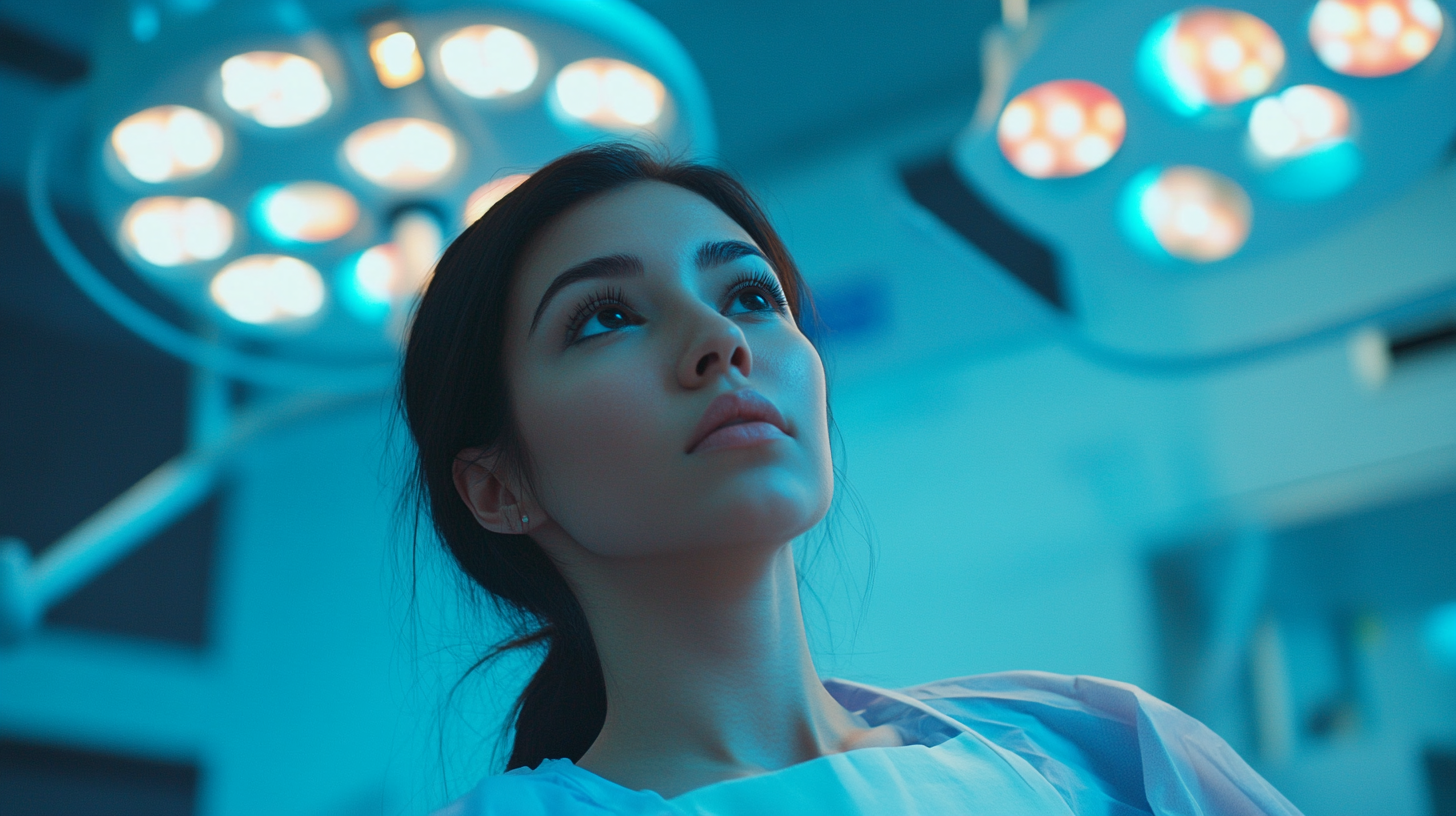
Understanding the Importance of Proper Medical Lighting in Healthcare Facilities
In the realm of healthcare, the importance of proper medical lighting cannot be overstated. Studies indicate that effective lighting significantly enhances patient outcomes, staff efficiency, and overall facility experience. According to the Illuminating Engineering Society, appropriate lighting can reduce medical errors by 26% and has been linked to improved patient safety and comfort. This highlights the pivotal role that lighting plays in the healthcare environment.
Moreover, the psychological impact of lighting on patients is profound. Research from the Journal of Environmental Psychology shows that patients in well-lit environments experience 20% less discomfort and anxiety compared to those in inadequately illuminated areas. The right lighting can mimic natural daylight, promoting circadian rhythm regulation, which is crucial for recovery. Facilities that invest in advanced lighting systems report shorter hospital stays and enhanced patient satisfaction, further validating the correlation between lighting and healthcare efficacy.
In addition to patient care, proper medical lighting directly influences healthcare worker productivity and morale. A study by the American Society for Healthcare Engineering revealed that well-designed lighting not only reduces fatigue but also increases alertness among healthcare professionals. This synergy between effective lighting and operational efficiency underscores the necessity of selecting the right medical lighting solutions tailored to the unique needs of healthcare facilities.
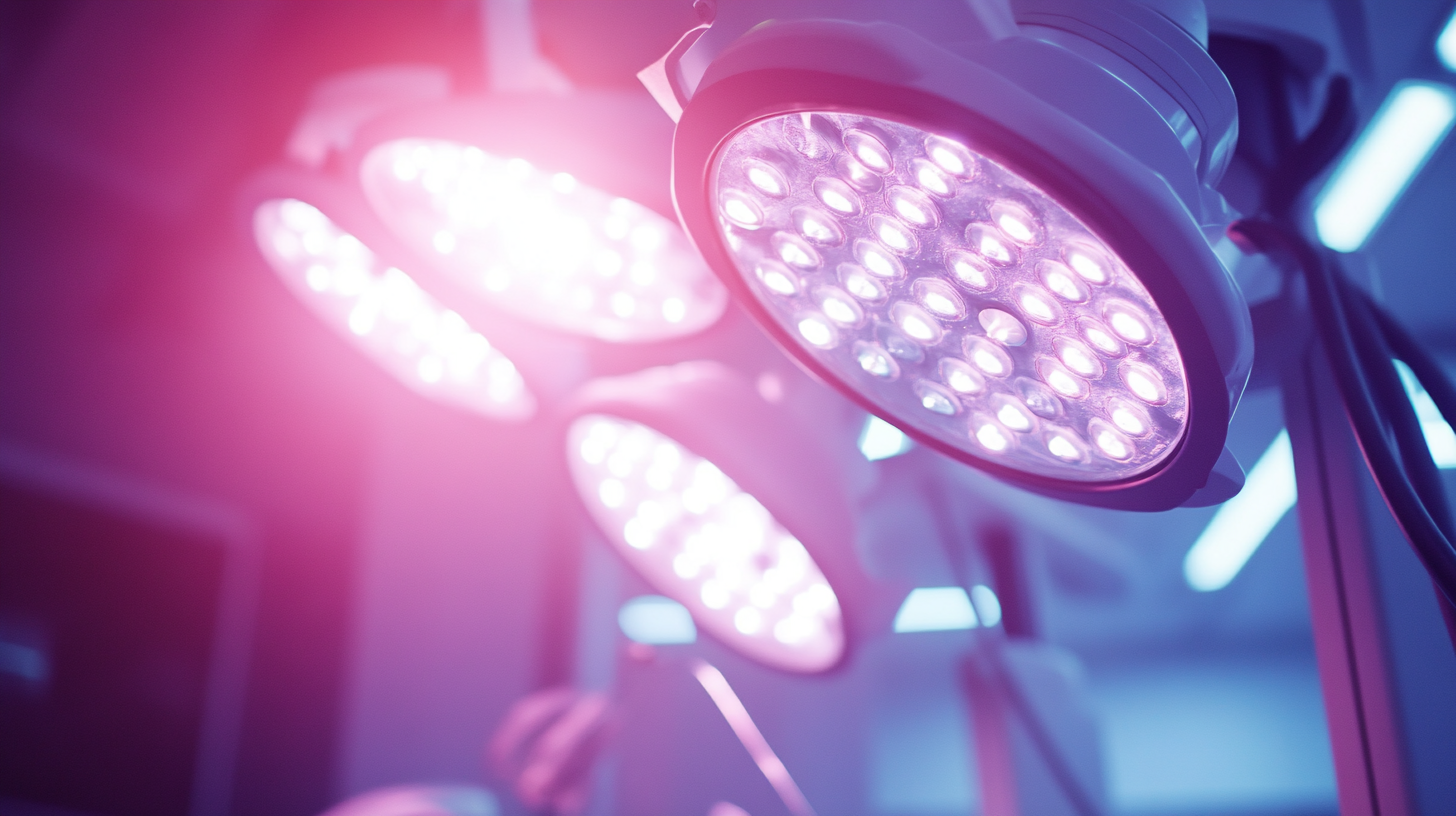
Key Factors to Consider When Selecting Medical Lighting Solutions
When selecting medical lighting solutions for your facility, several key factors must be considered to ensure optimal performance and safety. First and foremost, the specific needs of your medical procedures play a significant role in determining the type of lighting required. For example, surgical suites typically require brighter, shadow-free lighting that can enhance visibility during intricate procedures, while general examination rooms may benefit from softer, more ambient lighting conducive to patient comfort.
Additionally, energy efficiency is paramount in the evolving landscape of healthcare facilities. Choosing LED medical lights can not only reduce power consumption but also minimize heat output, which is essential in maintaining a comfortable environment for both patients and staff. Moreover, lifespan and maintenance requirements of the lighting fixtures should be evaluated; selecting durable products that require less frequent replacement can lead to substantial long-term cost savings.
Furthermore, consider the versatility and adjustability of the lighting solutions. Modern medical lighting systems often come equipped with features that allow for easy adjustments in brightness and direction, catering to the specific needs of various procedures. Lastly, ensuring compliance with healthcare regulations and standards cannot be overlooked. It is crucial to select products that meet national and local guidelines, ensuring that safety and efficiency are prioritized in your facility's lighting design.
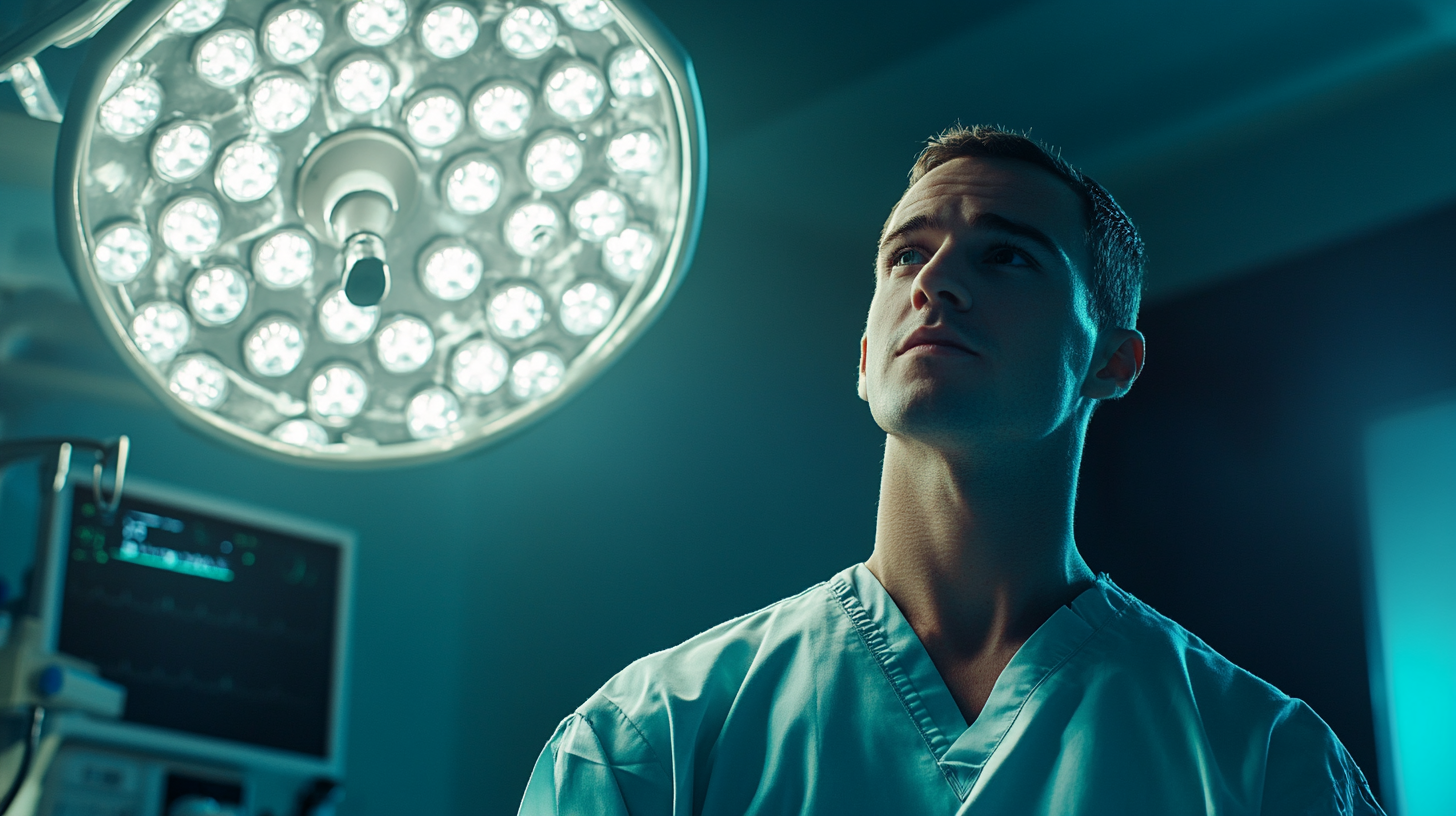
Comparing Different Types of Medical Lights and Their Applications
When selecting medical lighting for your facility, understanding the different types of lights available and their specific applications is crucial. The primary types include surgical lights, examination lights, and ambient lighting, each serving distinct roles in healthcare environments. Surgical lights are designed to provide high-intensity illumination for operating rooms, ensuring that surgeons have clear visibility of the surgical site. These lights often feature adjustable intensity and color temperature, allowing for precise control during procedures.
Examination lights, on the other hand, are utilized in clinical settings for patient assessments. These lights are generally compact and portable, making them ideal for close-up work in offices and clinics. Their design focuses on providing uniform light without shadows, enhancing the clinician's ability to see subtle details during examinations. Different models may offer features like flexible arms for easy positioning and energy-efficient LED options for prolonged use.
Lastly, ambient lighting plays a vital role in creating a comfortable environment for both patients and medical staff. This type of lighting is essential in waiting rooms, patient rooms, and hallways, where a soft glow can help reduce anxiety and promote a calming atmosphere. Choosing the appropriate ambient lighting ensures that the facility is not only functional but also welcoming, which is important for patient experience. By understanding the specific applications of each type, healthcare administrators can make informed decisions that enhance both the functionality of their facility and the quality of care provided.
5 Proven Strategies for Choosing the Right Medical Light for Your Facility
| Light Type | Application | Key Features | Optimal Usage Environment |
|---|---|---|---|
| Surgical LED Lights | Operating Rooms | High intensity, adjustable color temperature | Sterile environments |
| Exam Room Lights | Patient examinations | Soft light, energy-efficient | General practice settings |
| Endoscopy Lights | Endoscopic procedures | Compact design, focused lighting | Endoscopy suites |
| Dental Operatory Lights | Dental procedures | Adjustable arms, shadow-free lighting | Dental clinics |
| Exam Lights | General examinations | Versatile and mobile | Clinics and outpatient facilities |
Evaluating Energy Efficiency and Cost-Effectiveness in Medical Lighting
When selecting medical lighting for your facility, energy efficiency and cost-effectiveness should top your list of considerations. These factors not only contribute to a sustainable environment but also significantly impact operational costs. The shift towards LED lighting technology has revolutionized how medical facilities evaluate their options. LEDs consume significantly less energy compared to traditional incandescent or fluorescent bulbs, which translates into lower electricity bills and a reduced carbon footprint.
Moreover, the initial investment in energy-efficient lighting often leads to long-term savings. While the upfront cost of LED fixtures might be higher, their lifespan and reduced maintenance needs can offset these expenses over time. Facilities must consider the total cost of ownership, which includes installation, energy usage, maintenance, and bulb replacement. By calculating these costs, administrators can better gauge which lighting solutions will yield the most significant financial benefits while ensuring adequate illumination for medical tasks.
It’s also essential to analyze the specific needs of your medical environment when assessing energy efficiency. Different areas, such as operating rooms, patient rooms, and examination areas, may require varying levels of brightness and color temperature. By tailoring your lighting choices to meet these demands, facilities can optimize both energy consumption and the overall effectiveness of their medical lighting solutions. In making informed decisions, healthcare providers not only improve their operational efficiency but also enhance the overall patient experience.
Energy Efficiency and Cost-Effectiveness in Medical Lighting
This pie chart demonstrates the breakdown of energy efficiency and cost-effectiveness for different types of medical lighting options. LED lighting stands out as the most efficient choice, significantly leading in overall effectiveness compared to other lighting types.
Ensuring Compliance with Health and Safety Regulations in Lighting Choices
When selecting medical lighting for healthcare facilities, compliance with health and safety regulations is paramount. According to the World Health Organization, improper lighting can not only affect the overall atmosphere of a healthcare environment but may also compromise patient safety and staff efficiency. For instance, a report by the National Institute for Occupational Safety and Health (NIOSH) indicates that inadequate lighting contributes to over 30% of reported workplace incidents in clinical settings, underscoring the necessity for compliance with safety standards.
Key regulations, such as the Occupational Safety and Health Administration (OSHA) guidelines, outline specific lighting requirements designed to create safer work environments. These regulations cover not only the intensity and color temperature of lighting but also the proper placement of fixtures to minimize glare and shadows that can hinder visibility during critical procedures. Research published in the Journal of Healthcare Engineering highlights that facilities adhering to these standards experience a 25% reduction in operational incidents, advocating for the meticulous selection of lighting solutions.
Moreover, healthcare providers should consider the integration of advanced technologies, such as LED lighting, which not only meets regulatory standards but also enhances energy efficiency. According to a study by the American Society for Healthcare Engineering (ASHE), implementing energy-efficient lighting can lead to cost savings of up to 50% in energy consumption while simultaneously improving the quality of light in patient care areas. By aligning lighting choices with compliance mandates, healthcare facilities can create safer, more efficient environments for both patients and healthcare professionals.
Comparison of Medical Light Types for Compliance
This bar chart compares various types of medical lighting based on their compliance ratings with health and safety regulations. Higher ratings indicate better compliance with required standards.
Related Video
-

7 Proven Strategies to Boost Your Medical Spa Revenue
View: 728Channel: Business Savvy Physician -
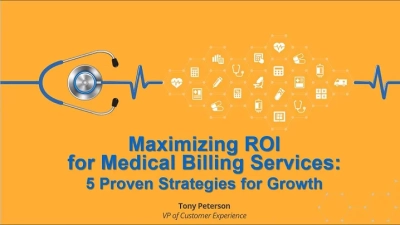
Maximizing ROI for Medical Billing Services: 5 Proven Strategies for Growth | BillFlash by NexTrust
View: 55Channel: NexTrust BillFlash -
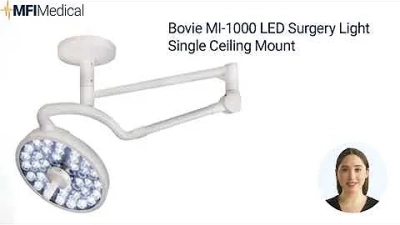
Choosing the Right Surgical Light: Comparing Bovie Medical, Burton, Ritter, and Welch Allyn Options
View: 356Channel: MFI Medical
© 2025 EXCELSIUS MEDICAL All rights reserved
EXCELSIUS MEDICAL
Taiwan Office
2F., No. 18, Ln.31, Sec.1, Huandong Rd.,
Xinshi Dist., Tainan City 744, Taiwan, R.O.C.
German Office
Zeppelinstr. 4, Haus 3&4,
D-85399 Hallbergmoos, Germany
